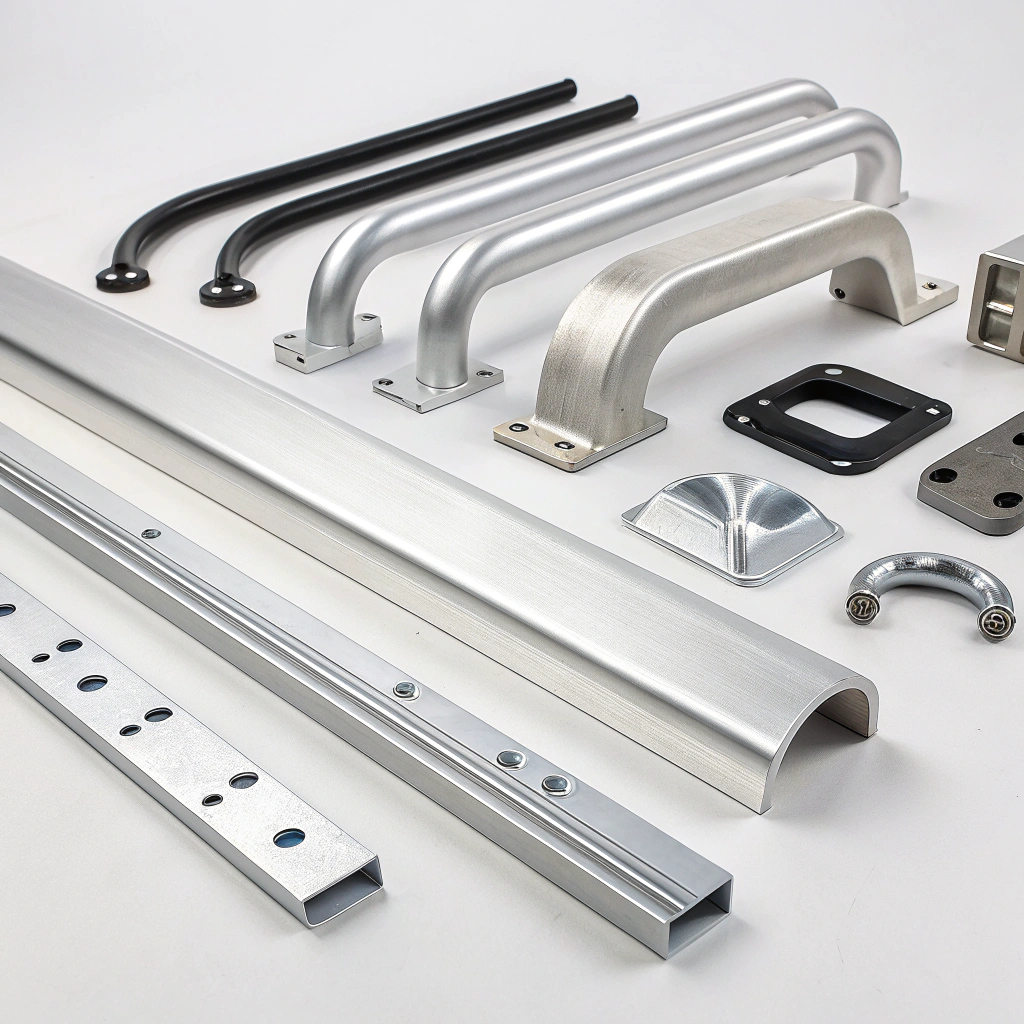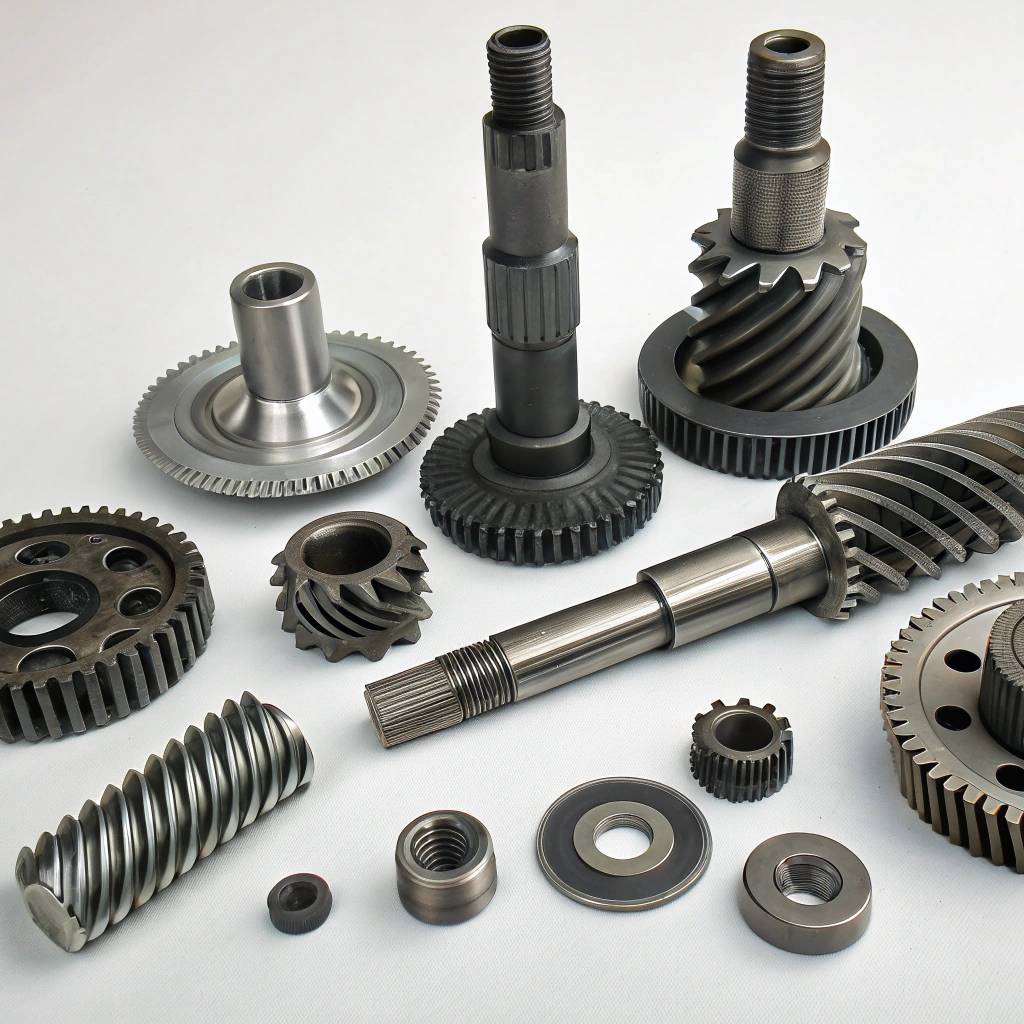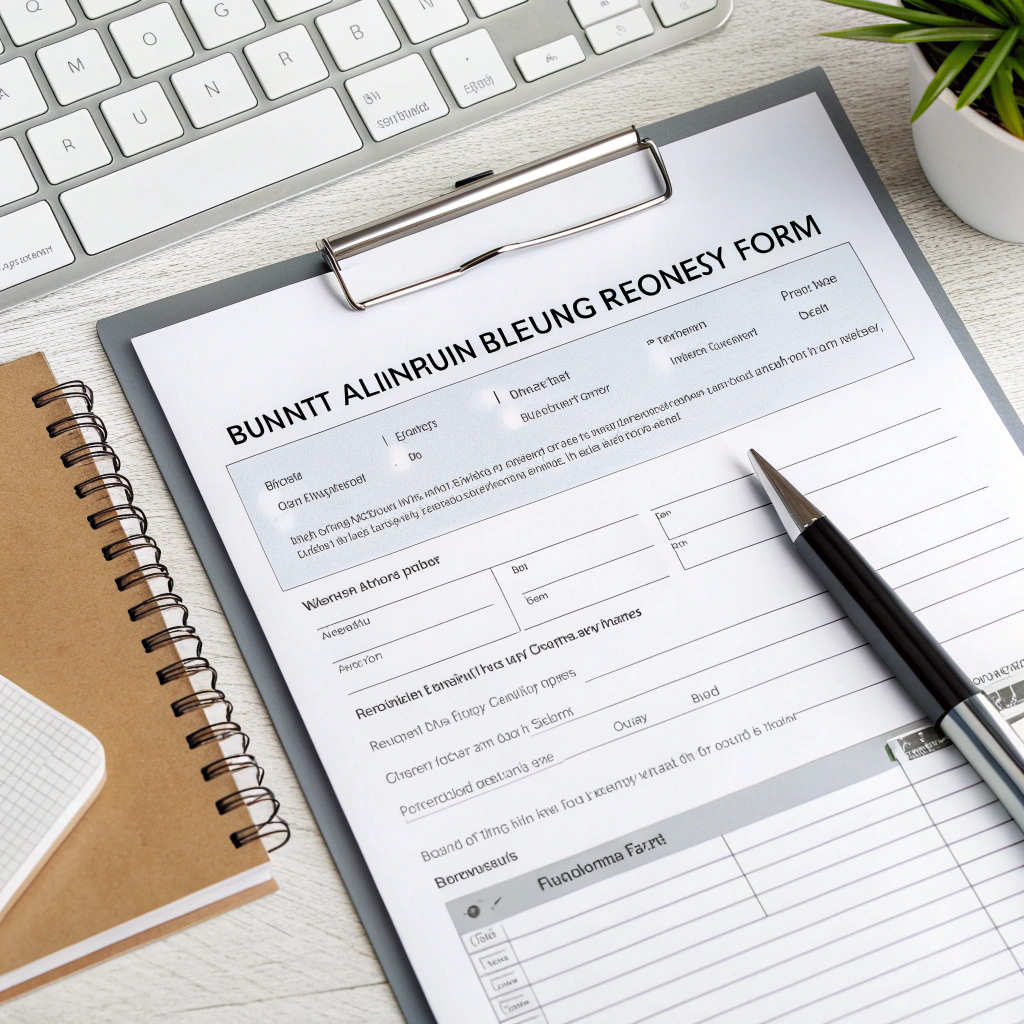Jaké možnosti přizpůsobení jsou k dispozici u služeb ohýbání hliníku?

When I first tried to order bent aluminum parts, I didn’t realize how many things could go wrong. Too sharp? It cracked. Wrong angle? Scrap. I learned the hard way.
Aluminum bending services offer multiple customization options including alloy selection, bend radius, material thickness, bending angle, surface finish, and production volume to meet diverse industrial needs.
Let me explain how I handle these choices now, and how you can avoid common pitfalls.
What customization options are available in aluminum bending?
When I work with clients who need aluminum parts bent to precise specs, the first thing I ask is: “What are your constraints?” Most don’t know how many variables they can control.
Aluminum bending customization includes alloy type, bend radius, material thickness, bend angle, surface treatment, and tolerance levels. Each affects performance, appearance, and cost.

To help clients understand this, I break the options down into key categories:
1. Alloy Type
Not all aluminum bends the same. I usually suggest 6063-T5 or 6061-T6. The softer the alloy, the easier the bend—but it might be weaker. For tighter radii or complex bends, I often use 5052 because it’s more ductile.
2. Bend Radius
This refers to how tight the bend is. We use terms like 1.5D or 3D, where "D" is the diameter of the tube or thickness of the sheet. A smaller bend radius looks neater, but risks cracking if the material isn’t right.
| Bend Radius Type | Popis | Nejlepší použití |
|---|---|---|
| Sharp (1.5D) | Tight bend, high stress | Visual applications |
| Standard (2-3D) | Vyvážený | General industrial parts |
| Large (4D+) | Gradual bend | Thick or brittle materials |
3. Material Thickness
From thin sheets (under 2mm) to thick tubes (10mm+), the thickness affects everything: bend radius, machine type, and springback. I always ask for exact thickness early on, or we risk mis-bending the part.
4. Angle & Complexity
90°, 45°, U-shapes, or even complex S-bends—I’ve seen it all. But each extra angle adds risk. I always prototype complex bends first to make sure they won’t collide or twist during forming.
5. Surface Finish
Some clients want anodized or powder-coated parts after bending. But did you know certain finishes crack or peel if done before forming? We typically bend first, finish later.
6. Quantity & Production Scale
One-off prototype or 10,000-unit batch? The answer affects tooling choice. For large runs, I often invest in custom dies. For low-volume, I stick to modular tooling.
Using the wrong aluminum alloy can lead to cracking during bending.Pravda
Some alloys, like 6061-T6, are more prone to cracking under tight bends.
Any aluminum alloy can be bent to a sharp radius without cracking.False
Only certain alloys with higher ductility can handle sharp bends. Others require larger radii or soft temper.
How to submit a custom bending request?
When a customer emails me asking “Can you bend this?” with no drawing, I know we’re in for a long back-and-forth. The clearer your submission, the faster your quote.
To submit a custom aluminum bending request, provide a technical drawing or 3D model, material specifications, bend details, surface finish requirements, and target quantity.

Here’s my checklist for clients submitting a bending request:
Must-Have Items
-
Drawing or CAD file
PDF for quick review, STEP or IGES for CAD. Always label bend angles and radii. -
Material specs
List the alloy (e.g. 6063-T5), thickness, and desired length. -
Bend geometry
Specify how many bends, their direction, angles, and spacing. Mark any critical areas. -
Povrchová úprava
Anodized, raw, or powder-coated? Mention whether finishing is needed before or after bending. -
Množství
Prototypes or production? This determines tooling costs.
Optional but Helpful
- Tolerance levels (if tight)
- Packaging preferences
- Certification needs (ISO, RoHS, etc.)
| Document | Účel |
|---|---|
| Drawing (PDF) | Quick visual check |
| 3D Model (STEP) | Machine programming |
| BOM (if part of an assembly) | Contextual understanding |
Without these, I have to guess—and that never ends well.
Providing a STEP file can speed up the bending quotation process.Pravda
3D files allow direct CAM programming and machine setup.
You only need to describe your part in words to get an accurate bending quote.False
Lack of drawings or CAD files leads to miscommunication and incorrect quotes.
How do custom bending services handle complex geometries?
Not all parts can be bent in one shot. When I see a drawing with five overlapping bends, I know it’s going to need careful planning.
Complex geometries are handled using multi-step bending, custom tooling, simulation, and design reviews to prevent cracking, deformation, or interference.
Here’s how I typically approach these:
Step-by-Step Bending
We often do one bend, remove the part, rotate or reposition it, then do the next. This reduces interference and ensures precision. But it takes time.
Tooling Adjustments
Mandrels, dies, and clamping jigs help maintain shape. For hollow profiles, internal supports are a must to avoid collapsing.
Design-for-Bendability (DFB)
Before production, I usually run a DFB check. Are bends too close? Is the part too long for our brake press throat? Does the bend overlap a hole?
Simulace
For high-precision parts, we simulate stress points. Tools like SolidWorks or Inventor help spot issues before making costly mistakes.
| Problém | Řešení |
|---|---|
| Bend overlaps hole | Add relief cut or move hole |
| Crack near corner | Increase bend radius or switch alloy |
| Tool collision | Change bend sequence or use segmented tooling |
Surface Protection
For aesthetic parts, I wrap the aluminum or use protective film before bending. If not, dies can scratch the surface.
Complex aluminum bends often require simulation or step-by-step planning to avoid deformation.Pravda
Without planning, compound bends can distort, crack, or collide with tooling.
All aluminum parts can be bent in one continuous operation regardless of geometry.False
Complex parts often need repositioning, custom jigs, or multiple bending passes.
What are typical lead times for custom bending orders?
Clients often ask, “How fast can you ship?” My answer: “It depends on how well you prepare your request.”
Lead times for custom aluminum bending typically range from 3 days for simple parts to 15–30 days for complex or large orders.
Here’s what affects lead time:
1. Complexity
More bends = more time. Add post-processing (anodizing, CNC, packaging), and it stacks up.
2. Volume
A single prototype can be done in 3–5 days. But 10,000 pieces with jigs and QC? That’s 2–3 weeks minimum.
3. Tooling
If we need to build custom dies or mandrels, it adds 5–10 days. I always flag this early.
4. Material
If we have stock, we start next day. If not, sourcing takes 3–7 days depending on alloy.
| Order Type | Typical Lead Time |
|---|---|
| One-off prototype | 3-5 dní |
| Small batch (100 pcs) | 7-10 dní |
| Medium batch (1000 pcs) | 15–20 days |
| Large batch + finishing | 20–30 days |
How to Speed It Up
- Send clean files (STEP, DXF)
- Choose common alloys (6063, 6061)
- Use standard radii and angles
- Be clear about finish
- Approve the quote and drawing fast
Complex aluminum bending orders with finishing may take up to 30 days to deliver.Pravda
Tooling, finishing, and QC steps increase total turnaround time.
Simple aluminum bending orders can never be completed in less than 10 days.False
With in-stock materials and standard setups, simple jobs can ship in 3–5 days.
Závěr
Aluminum bending may look simple, but the details matter. From alloy selection to bend angles and surface finish, every choice affects quality and lead time. By preparing a clear request and understanding the process, you’ll get better results, faster.



